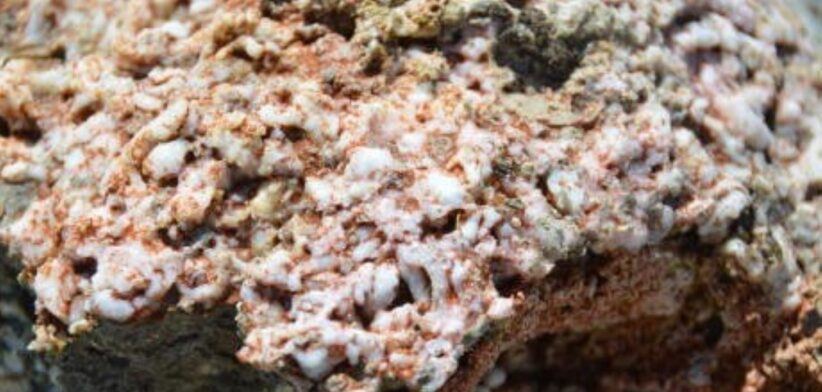Greenhouse gas-munching microbes are the focus of new research out of Melbourne’s Monash University.
Study first author Francesco Ricci said the team hoped a closer look microbialites could lead to new solutions for carbon capture to mitigate climate change.
Dr Ricci said microbialites, rock-like structures built by communities of microbes, were among the earliest signs of life on Earth.
He said the new research found that within these systems biomass was produced using energy sources other than light.
“Our research reveals that these microbes aren’t just powered by sunlight, like most plants and algae.
“We think these ecosystems have been places where microbes came up with new ways to survive and make energy, helping shape the course of life on Earth.”
Co-study author Bob Leung said many of these microbes were found to work together in highly efficient and complex ways.
“Their teamwork allows them to keep the system productive around the clock, even at night when photosynthesis stops,” Dr Leung said.
“Instead, they can tap into energy from chemicals in their surroundings, such as hydrogen, iron, ammonia and sulfur, allowing them to thrive even in complete darkness.”
Dr Ricci said the research could help inform new waste gas solutions.
“Many of the microbes we find inside microbialites are very efficient at consuming potent greenhouse gases like methane and carbon dioxide,” he said.
“Tapping into these systems could provide new microbial solutions to for instance absorb industrial gaseous waste.”
Read the full study: Chemosynthesis enhances net primary production and nutrient cycling in a hypersaline microbial mat.








